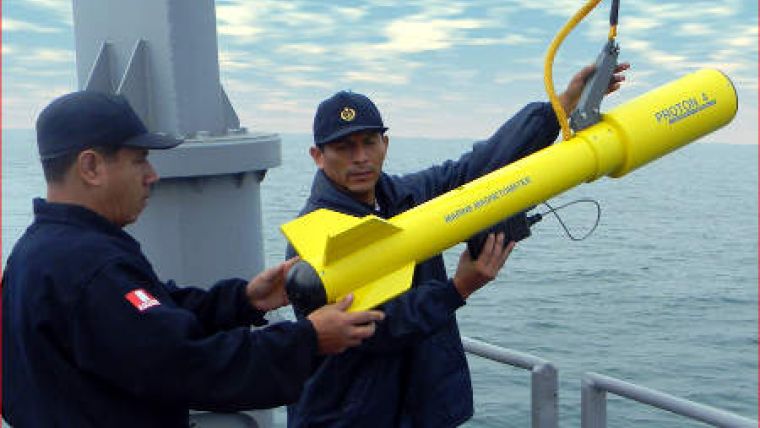Marine Industry Employs Boat-towed Detectors
Many marine service companies are acquiring boat-towed metal detectors and magnetometers to assist in salvage operations and geophysical surveys. These devices can locate a variety of targets including sunken vessels, ship anchors and propellers, pipelines, cables and metal debris which must be removed from an area before dredging. The two primary pieces of equipment used in these operations are a magnetometer and the pulse induction (PI) metal detector.
Magnetometers are sensitive instruments that can detect iron and steel objects at hundreds of feet away. The boat-towed PI detectors locate all types of metals, while ignoring the high mineralisation in the ocean environment.
One company using this equipment in their operations is Worley Parsons Ltd, a global firm with 10,000 employees and USD5 billion in revenue. It is a provider of professional services to the resources, energy, and process industries, and operates businesses in hydrocarbons, power, minerals and metals, and infrastructure and the environment. A common thread of all these projects is the laying of subsea pipelines. To aid in clearing areas of debris before trenching, verifying the location of existing pipes, and confirming the location of recently placed lines the company acquired JW Fishers Pulse 12 metal detector. With the ability to detect both ferrous and nonferrous targets, the Pulse 12 can locate all types of debris as well as find and track buried pipelines.
Halfway around the world in the USA is Phoenix Marine, with experience in difficult above and below water rehabilitations. The company has completed a number of projects including rebuilding the historic seawall around the perimeter of Ellis Island, bulkhead rehabilitation and seawall construction at Harlem River Park and Esplanade and a major transformation of Pier 1 and the surrounding waterfront at Brooklyn Bridge Park. Phoenix is now expanding their operations and taking on jobs in places as far away as Alaska. To assist in these new projects the company has acquired Fishers Proton 4 magnetometer.
MCH Marine Survey in Turkey has all of the equipment and expertise needed to perform oceanographic, hydrographic, and geophysical surveys as well as the technical ability to do marine construction. Recently the company added Fishers Pulse 10 boat-towed metal detector to assist in their survey operations. The detector was purchased with an altimeter to show distance between the towfish and the bottom, a depressor wing for deep towing, and Tracker 3 software. The software shows the track of the boat as it moves over the search area, the detector’s readout data, and position coordinates. The operator can input layback into the computer, the distance between the boat and the towfish, and an algorithm calculates the GPS position of the towfish.
In South America the Peruvian Navy’s Department of Oceanography, Hydrography, and Navigation is using several of Fishers Proton 4 magnetometers (image). Conditions in the world’s oceans are constantly changing which requires continuous surveying, charting and mapping. This department compiles a vast array of hydrographic information and combines it with other oceanographic data such as tides, currents, and thermoclines to provide the navy with the most up-to-date information on the environment they are operating in.














